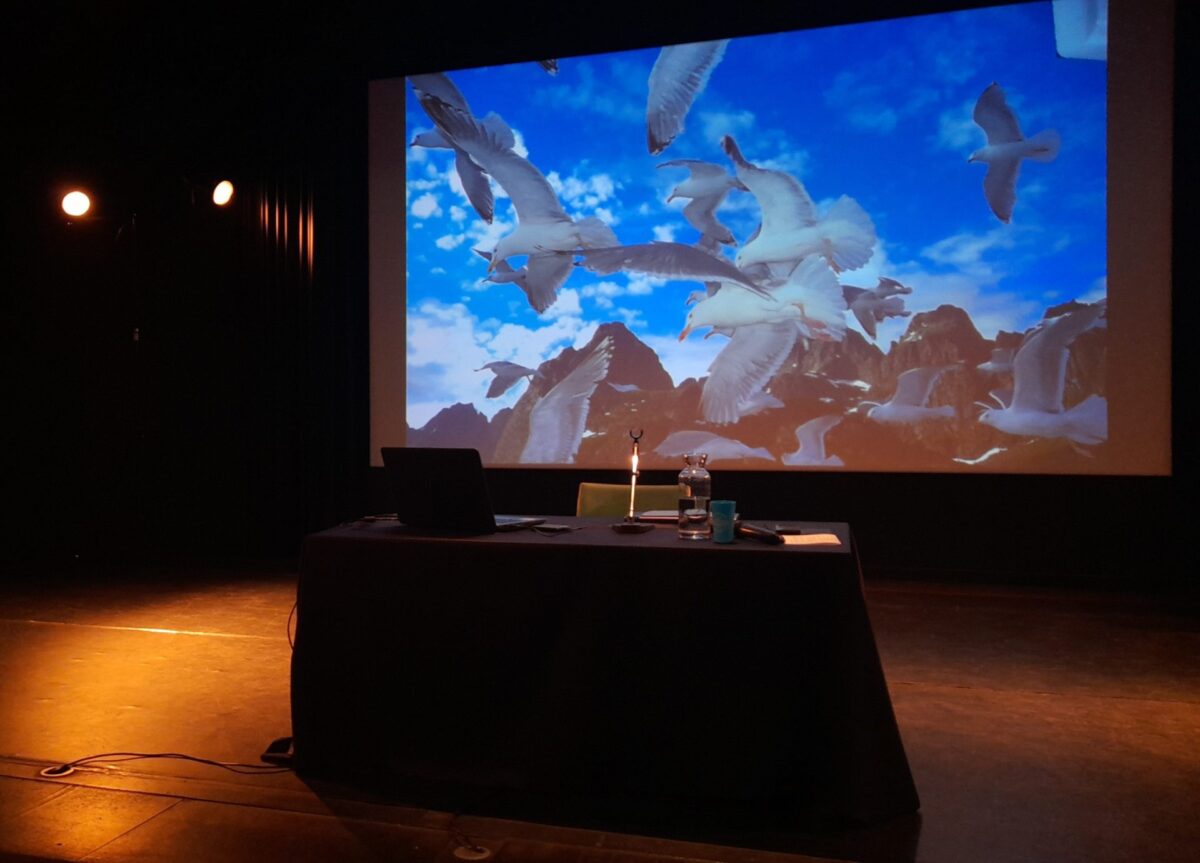Friday, September 16, at the Louis Nucéra library, heading to the lesser-known archipelagos near the polar circle. Christian Gilabert shares his journey to these unusual places in a fascinating conference.
The archipelagos presented at this conference are four in number. They are the Lofoten, Faroe, Shetland, and Orkney Islands. Located near the polar circle and halfway between Norway, Iceland, and Greenland. Christian Gilabert offered us a detailed presentation of the four archipelagos. We provide you with a condensed overview. Refreshment guaranteed.
The Lofoten Islands
The Lofoten Islands are connected to each other, forming a strip stretching 120 km. Largely mountainous, they boast an impressive cod trade, with fishing being at the center of the economy. With their wide granite beaches of white sand, their rocky landscape does not go unnoticed. An incredible feature on Vestvågøy Island is an archaeological site where a “Langhus” was discovered in 1898. This is a large atypical building among the Vikings, impressive for its capacity to accommodate a large number of people.
The Faroe Islands
A somewhat unknown group of islands, they offer, nevertheless, absolutely beautiful isolated lands. Indeed isolated, having only one tiny airport on the island of Vágar. This archipelago connects its islands with an impressive number of underwater tunnels. The Streymoy tunnel is the longest at 11 km, with its unique underground roundabout in the world. The archipelago is well known for its local fauna. Among sheep, puffins, or the northern lapwings—beautiful birds that are a symbol of the Faroe Islands. Let’s also mention a typical legend with a statue called “Kópakonan,” or the “seal woman,” a legendary and folkloric creature of this archipelago.
The Shetland Islands
An archipelago of Upper Scotland, its history dates back to the Neolithic period (4000 BC). It has seen the Celtic Picts, as well as the arrival of the Vikings in the 9th century. A true archaeological goldmine, the Shetlands are renowned for their many burial mounds. Aquaculture is also very established, with its marine farms. The archipelago is filled with animals, such as otters, seals, and even orcas. Let’s not forget the St. Ninian’s tombolo, a large sandbar connecting the southwest coast of the Shetlands. It is the longest tombolo in the United Kingdom.
The Orkney Islands
This archipelago dates back to the Mesolithic. It’s here where you’ll find Scapa Flow, the impressive fortifications of the archipelago. Numerous tombs, burial mounds, and cairns can be observed throughout the territory. Also noteworthy are the impressive stone circles, giving this archipelago a very folkloric aspect. We can also admire St. Magnus Cathedral in Kirkwall, the capital of Orkney. It is the northernmost cathedral in the British Isles.
Christian Gilabert shared with us his awe for these extraordinary North Atlantic archipelagos. A cultural and historical journey that makes one want to discover these isolated regions of the world.


